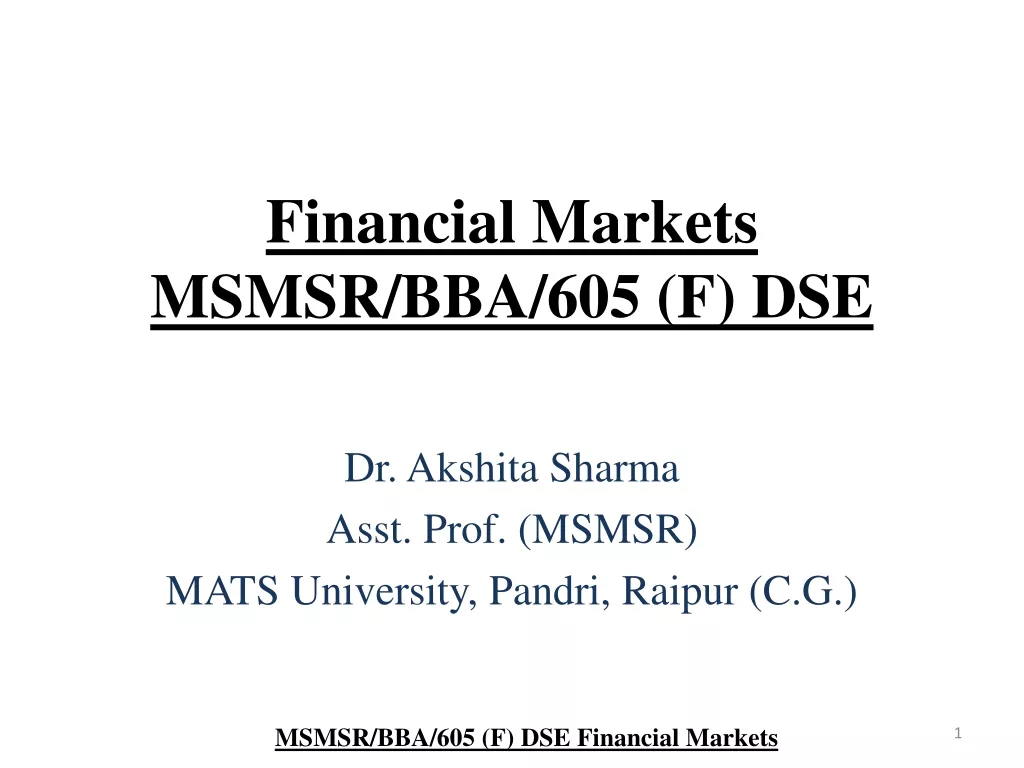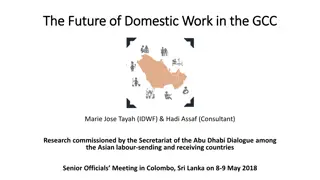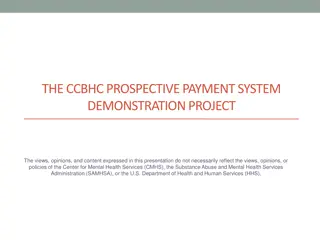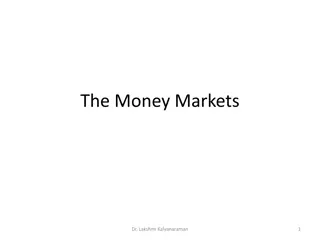
Domestic Availability and Prospective Source Markets: Integrating with Global Market
This content delves into the analysis of viable prospective source markets, impact of agency purchases on food prices, and the differentiation in producer prices based on local, regional, and transoceanic shipments. It explores the segmentation of domestic markets, import parity prices, and implications for response analysis, emphasizing the use of IPP in local and regional procurement strategies. The study provides valuable insights for understanding market dynamics and optimizing procurement decisions in challenging economic environments.
Download Presentation

Please find below an Image/Link to download the presentation.
The content on the website is provided AS IS for your information and personal use only. It may not be sold, licensed, or shared on other websites without obtaining consent from the author. If you encounter any issues during the download, it is possible that the publisher has removed the file from their server.
You are allowed to download the files provided on this website for personal or commercial use, subject to the condition that they are used lawfully. All files are the property of their respective owners.
The content on the website is provided AS IS for your information and personal use only. It may not be sold, licensed, or shared on other websites without obtaining consent from the author.
E N D
Presentation Transcript
MIFIRA Training Module Lecture 6 Domestic availability and prospective source markets Chris Barrett and Erin Lentz February 2012
Integration with the global market MIFIRA questions we address: 2a. Where are viable prospective source markets? 2b. Will agency purchases drive up food prices excessively in source markets? 2c. Will local or regional purchases affect producer prices differently than transoceanic shipments? 2
Price Bands Due to transactions costs, smaller, more remote markets may not be integrated with with the global market or with the main wholesale market 3 Source: Barrett (2008), Food Policy
Price Bands In this setting, domestic markets may be segmented. This result leads to a generalized version of Deaton s net benefit ratio: where 1st [bracketed] term is the standard formulation, but the two price transmission terms link the IPP (pcb) to the local market (pcm) and the local market to the household- specific shadow price (pc*) . Either may be zero. 4
Import parity price IPP = anchor price relating domestic wholesale market to the global commodity market. Should set an upper bound on domestic market commodity price. = pCIF + tariff at the national market hub Sometimes available directly from secondary sources. More commonly, mustconstruct IPP series from secondary data series or interviews with importers or NGO or WFP offices that procure aid regionally. 5
Implications for response analysis If IPP local wholesale market price, traders have a commercial incentive to import unless restricted by government or by financial or logistical bottlenecks. So long as this is not because of barriers to trade, then cash or vouchers likely to stimulate commercial imports. If IPP > local market price, segmented from global market. - If this is b/c ample food available, explore local purchase options for food procurement. - If this is b/c admin, financial or logistical barriers yield low prices plus food scarcity, explore regional food procurement options. 6
Using IPP in Local and Regional Procurement WFP procurement (as reported by Tschirley and del Castillo, 2006) switches away from local procurement when local prices exceed import parity. 7
Calculating IPP 1) Take world market price, usually FOB in export market get from pink sheet, IFS or related source. Add ocean freight and insurance costs get from key informants or Baltic Exchange series. Convert to local currency terms using exchange rates from IFS, central bank or local banks. Add tariff rates (note if it is ad valorem or specific). Adjust for any local transport, storage or handling costs. 2) 3) 4) 5) Compare this against local market price series, commonly available from central statistical agency (for computing consumer price index) or Ministry of Agriculture. Note that sometimes the local product and the imported product are not directly comparable (e.g., palm oil produced domestically versus imported vegetable oil). 8
Analyzing IPPs Plot the hub market wholesale price series for the same commodity against the IPP. Are domestic market prices or IPP? If possible, also plot commercial import volumes to see if commercial imports respond as expected. After visual review, compute mkt integration statistics to test for price comovement Bangladesh example:
Import Parity Prices Limitations to the analytic IPPs become less useful when there are: - significant non-tariff barriers (e.g., quotas, GMO bans, binding SPS or other regulatory/technical barriers to trade) - not free and open competition among importers or on the domestic wholesale market (e.g., due to gov t licensing) - binding FX restrictions so that official and black market exchange rates diverge. 10
Import Parity Prices and Price Bands Limitations of the IPP The IPP is not always relevant to smaller, more remote markets. Smaller, remote markets are often not well- integrated with the main wholesale market. In this sort of setting, the impact of changes in the IPP can often be zero. 11






















